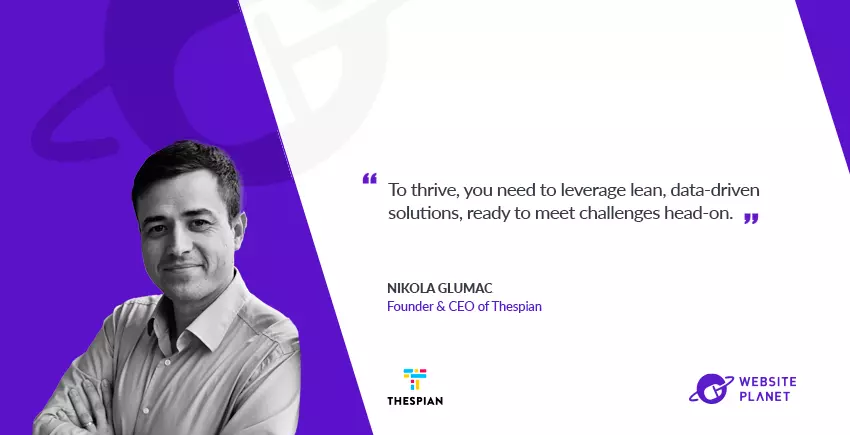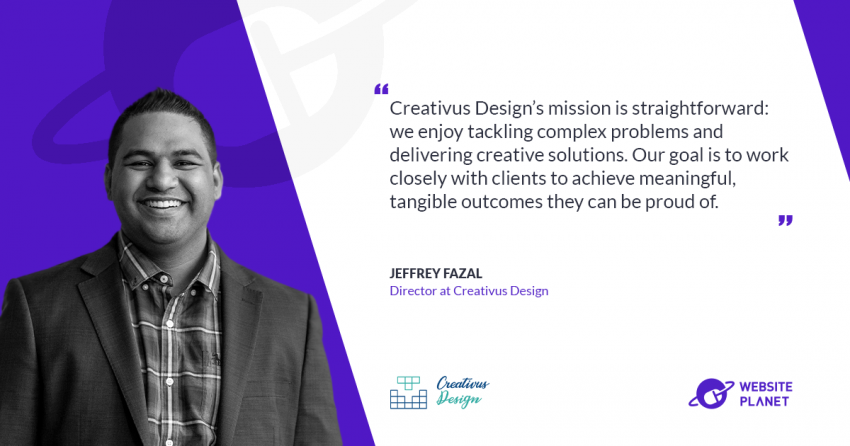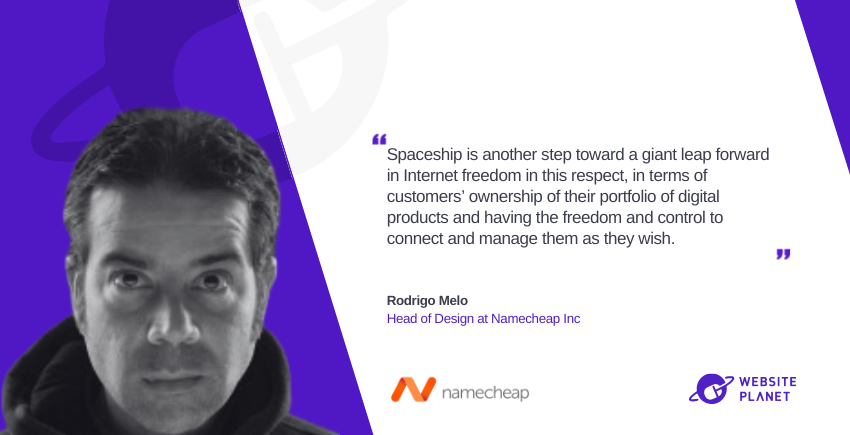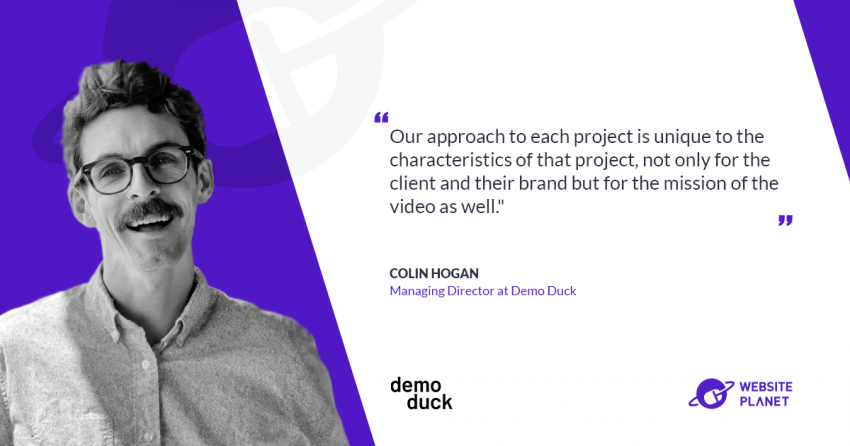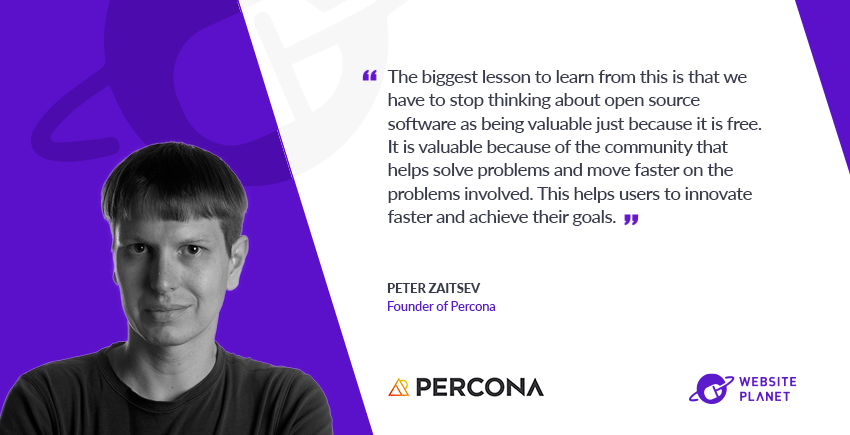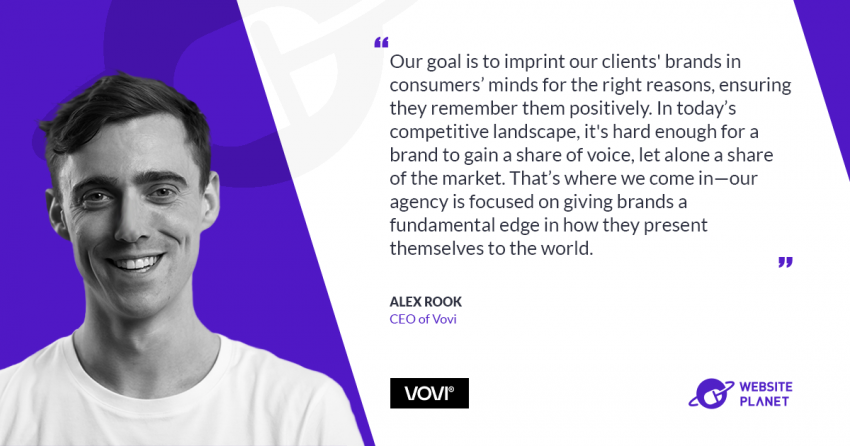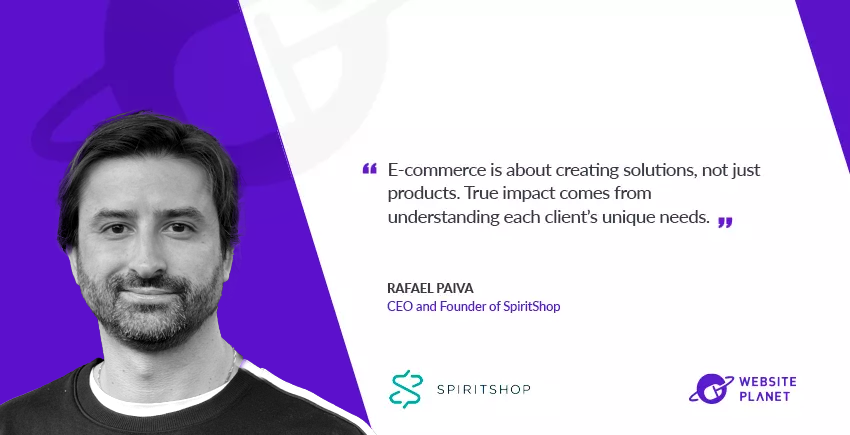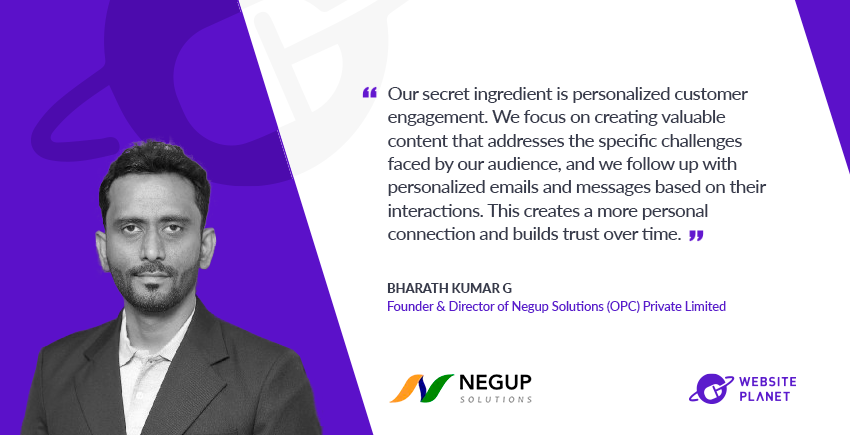What unique challenges are people in your industry facing right now?
The tech industry faced a virtual gold rush when the pandemic pushed everyone towards rapid digitalization. Now, the market is brimming with companies, each scrambling for their share. Many are struggling, swept up by initial success, only to find they lack long-term strategies. More than ever, it’s important to know what you have to offer and to whom — not to be a jack of all trades and a master of none. We managed to not only stay afloat but grow from a team of five to 20, all because our course is clear. Technology has the power to transform lives. We’ve honed our focus on areas where tech can really make a difference: MedTech, EdTech, public transportation, and blockchain. We dive deep into their industries, staying on top of standards and setting new ones, helping them lead, not just compete. No matter the industry, we’re all feeling the ticking clock. Whether you’re in healthcare figuring out telemedicine, a retailer boosting online sales, or a manufacturer tweaking production lines with AI, the message is clear: adapt or get left behind. Now, while it’s crucial to keep up with technology, it’s even more vital to do it the right way. Rushing in without a plan can be as risky as not adopting new tech at all. Done right, technology isn’t just a tool. It acts as a driving force, setting you up for long-term success in a world that never stops evolving.How do these problems impact them if they don’t find a solution?
When software is rushed and doesn’t do what it’s supposed to, the effects ripple out far and wide. It’s a silent killer of business potential. Companies with poorly built software see fewer users sticking around, their systems are limited, and their strategies can be painfully shortsighted. It starts with small frustrations; slower processing times, and frequent downtime… escalating to customers flocking to more reliable competitors. Consider your team’s morale as well. Constantly dealing with crashes and bugs is a huge frustration. Over time, maintaining and patching up poorly built software can cost more than rebuilding it from scratch. In the worst cases, it leads to data breaches, exposing the company to legal troubles. Do you know what’s a real shame? The opportunities you miss while you’re stuck fixing these issues. Innovations pass by, and competitors snatch up your market share. It’s not just about what you lose today; it’s about what you won’t gain tomorrow.How effective are the current methods for solving these issues? What challenges remain in this area?
When choosing the right software solution, you’re faced with two options: turnkey solutions or custom software. Businesses first turn to off-the-shelf software. Yes, it’s quick to deploy, but the cons stack up quickly – high subscription fees, being left to your own devices when facing an issue, features you never use but still pay for… And then there’s custom software. While tailored to fit, not all custom solutions are created equal. Some agencies treat these projects like cash machines, preferring to build from scratch even when a simple, free integration would suffice. Instead, they churn out expensive custom code that keeps you coming back for more – more fixes, more fees, more frustration. They act more like code peddlers than problem solvers, focusing on their profit rather than your efficiency. It’s true, the world of software solutions isn’t without its challenges, but there’s definitely a silver lining. Not all paths lead to overpriced subscriptions or needless complexity. With the right partner, tailored software can indeed be a game-changer. The key is to find a team that truly understands your needs and sees beyond the transaction, someone who will help you integrate efficient solutions, whether they’re custom-built or adapted from existing technologies.What’s a better way in your opinion to fix these issues, and how do you help implement it?
The best way to tackle persistent issues in software development is to build solutions that are responsive to current demands and resilient enough to inspire and accommodate future growth. Digitalization itself isn’t the answer. To thrive, you need to leverage lean, data-driven solutions, ready to meet challenges head-on. That is the key. No one knows what lies ahead, but with software poised for the future, you can rest assured you won’t miss any opportunity.💡 To thrive, you need to leverage lean, data-driven solutions, ready to meet challenges head-on
When building software that’s meant to last, the synergy between you and your development partner is essential. You need a team that not only shows integrity but also clicks with your vision. At Thespian, we blend design thinking, lean startup methodologies, and agile practices to tailor solutions that are as dynamic as your business needs. More than that, we guide you through a transformative mindset shift — helping you transition from just using a solution to fully owning it. This empowerment is key, as it puts you in the driver’s seat of innovation. This way, you’ll be equipped to drive your business forward with a solution that grows and evolves with you.
Looking ahead 5 to 10 years, what new technologies and trends will have the most significant impact on the issues we talked about?
As everything connects, the need for transparent and secure platforms will skyrocket.In just five to 10 years, we’ll be living in a world on-demand. Clicking a button will get you what you need, anytime, anywhere. As you’re reading this, AI is on the road to knowing us better than we know ourselves. anticipating our needs before we even express them. AI systems will not only know our preferences in shopping or media but also preempt our health needs or financial decisions. Thanks to IoT and real-world applications (RWA), everything from your coffee maker to your car will be connected and smart. However, with great personalization comes great responsibility. Companies will have to build fortresses around our data and ensure our digital dealings are safe. Data will soon be the new gold in our digital economy. New business models will emerge that hinge entirely on the monetization of personal data, radically changing how we perceive its value. Blockchain will be playing a leading role in this, making privacy a personal commodity, where users like you and me will have unprecedented control over their personal information and digital assets. Imagine you have a safe deposit box where you keep your most valuable belongings. Now, instead of a physical box, picture a digital one that’s super secure and accessible only to you. This digital box is what we call a “block” in the blockchain, which records all your transactions or pieces of information securely, and you have the keys to access them whenever you want. This means you have more control over your data and assets than ever before. Just like you have the sole access to your physical safe deposit box, with blockchain, you have sole control over your digital belongings. This shift will force us to rethink data protection and ownership, ensuring it benefits everyone, not just big corporations.
